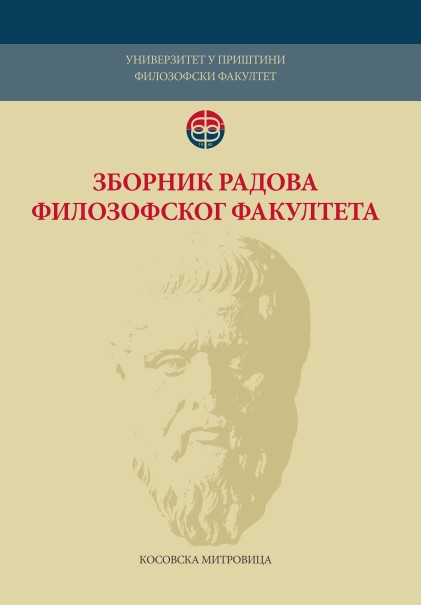Sign Languages – Then and Now
Sign Languages – Then and Now
Author(s): Ljubica S. Isaković, Tamara Kovačević, Maja Srzić S.Subject(s): Social Sciences, Education, Communication studies
Published by: Филозофски факултет, Универзитет у Приштини
Keywords: sign language; communication; education; deaf and hard of hearing.
Summary/Abstract: A way of communication on an equal footing with oral and written speech is sign lan-guage. Oral speech is a common way of communication, written speech has, with the development of information technologies, been taking up more and more space. In a parallel with them, communication can also take place through sign language, which is, to deaf people, as well as to all those who use it, a natural, simple and easy way to communicate. Relationship towards sign language has changed significantly throughout history—from acceptance and isolated use, to complete rejection, and then to encouraging its adoption and emphasizing its importance for the cognitive, emotional, educational, social, and general development of deaf children.Serbian Sign Language (SSL) serves deaf people in Serbia as a means for everyday communication, for expressing desires, willingness, for learning, for intellectual discus-sions, for expressing personal style. Although the standardization of the Serbian Sign Language was completed in 2015, even nowadays we may still find certain gestures of expression varying in different regions.Different countries have different sign languages that are not reciprocally understood in use. They are distinguished by their own grammar (semantics, morphology, and syntax), different from the grammar of spoken languages. The distinguishing and recognition of sign languages in the world has led to changes in the field of education of deaf children. In bilingual schools, children acquire both sign and spoken languages, and teachers know both of the mentioned languages. The importance of sign language in the education of deaf children is emphasized.
Journal: Зборник радова Филозофског факултета у Приштини
- Issue Year: 50/2020
- Issue No: 4
- Page Range: 293-314
- Page Count: 22
- Language: English

